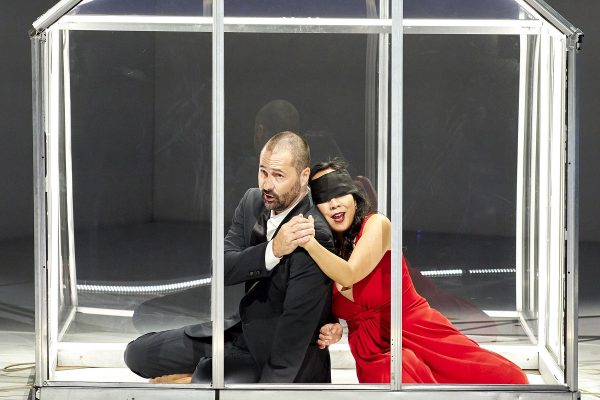
Music / Orpheus & Eurydice, by Christoph Willibald Gluck, Opera Australia and Circa. At Sydney Opera House until January 31. Reviewed by HELEN MUSA.
There’s nothing new about combining spectacle with the refinement of early opera music but there’s something quite special when that spectacle is circus, and Circa’s artistic director Yaron Lifschitz has striven to blend the art forms seamlessly.
First produced by Opera Queensland in association with Circa in 2019, this re-mounting, also directed by Lifschitz, adds the not inconsiderable power of the Opera Australia Chorus and Orchestra, performed under the light, sensitive baton of Dane Lam, familiar to Canberra audiences from his work with National Opera and the CSO.
Orpheus & Eurydice is unusual in that it has only two true protagonists and a character called Amor (love), who goes between the living and the dead.
This is no accident, for Gluck wanted as part of his plan to reform “serious” operas by replacing their complicated plots with what he called a “noble simplicity”.
You’ll need no program notes to understand what’s happening – Orpheus follows Eurydice into Hades, then promises to lead her back but not look at her. He fails. She dies.
This places the focus firmly on the protagonists and, since Eurydice is dead from the outset, Orpheus has the lion’s share.
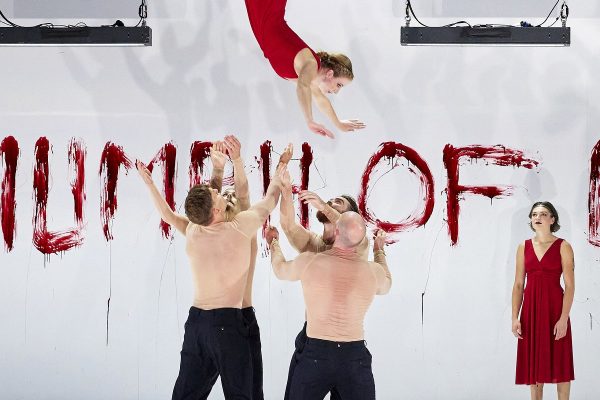
That was sung by French counter-tenor Christophe Dumaux, whose crystalline voice carried Gluck’s deceptively simple music throughout the night, for it was also the composer’s aim to replace the virtuosic trills of serious opera with clear and less complicated music.
The advertised soprano, Cathy-Di Zhang, was indisposed, so in her solo debut in Australia, OA chorus member Sandy Leung stepped in to cover Eurydice and Amor at the opening.
Lifschitz’s program notes takes a leaf out of the book of Sigmund Freud’s theory of life and death — Eros and Thanatos—intellectualising the plot as almost a treatise on human love, but in the closing moments where the desolate Orpheus paints the words, “the triumph of love” on the upstage wall in blood, the bitter irony in this interpretation is revealed.
In Lifschitz’s version, Orpheus is found in an insane asylum grappling with the sudden loss of his beloved wife. This gives Lifschitz and his Circa backstage technicians the opportunity to play visually with hospital beds, ropes and other hanging apparatus to create the sinister suggestion of straight-jacketing used for treating for schizophrenic patients, so the props became a moving landscape.
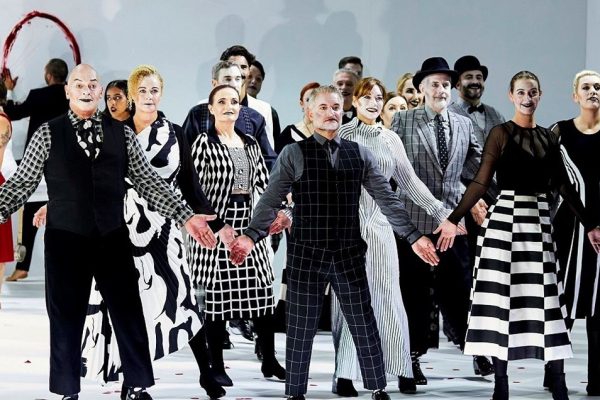
The insane asylum motif generally worked very well and also gave Lifschitz as set designer and costume artist Libby McDonnell the opportunity to create a painterly visual scape; at times we could have been looking at a picture frame.
This was the case when suddenly, the dancer/acrobats from Circa in the guise of asylum patients, mystifyingly donned long red skirts. But the payoff came in the following moment when the magnificent OA chorus burst into life with “Chi mai dell’Erebo”. Suddenly the red skirts were flashing and rippling as the furies – souls in torment— first refused to admit Orpheus to the underworld before offering him entry.
Dumaux was pretty game as far as opera singers go, allowing himself to be lifted high through the jaws of Hell then later to be manacled and dragged across the stage.
In the absence of a dominant part for Eurydice, Circa had the answer, for its female artists, clad in red lookalike gowns, were able to replicate her presence all over the stage. Thus, the opera became a dance theatre exercise, accompanied by rope work which, though spectacular in itself, did not carry the narrative further.
There were two standout dramatic scenes in Lifschitz’s staging.
First, the moments where the lovers are reunited in Hades and Orpheus struggles not to look at Eurydice was well portrayed by both Dumaux and Leung, locked in set inside a neon-lit house. But even this was diminished by having all the Circa performers constantly moving around them, taking away the focus.
The exception was in the opera’s one great hit, act three’s “Che farò senza Euridice?”( What will I do without Eurydice?), where Dumaux appeared, devastated and bereft on a stark white stage to sing of his second and final loss of his beloved wife – a ravishing moment.
This did not last for long, and the busy-ness that characterised this production returned as the chorus, beautifully but inexplicably clad in black-and-white high fashion costumes, slowly moved on stage then, along with the Circa acrobats, died – an elaborate kaleidoscope of actions carried out while Dumaux wrote his message of “triumph” in blood on the upstage white wall.
Who can be trusted?
In a world of spin and confusion, there’s never been a more important time to support independent journalism in Canberra.
If you trust our work online and want to enforce the power of independent voices, I invite you to make a small contribution.
Every dollar of support is invested back into our journalism to help keep citynews.com.au strong and free.
Thank you,
Ian Meikle, editor

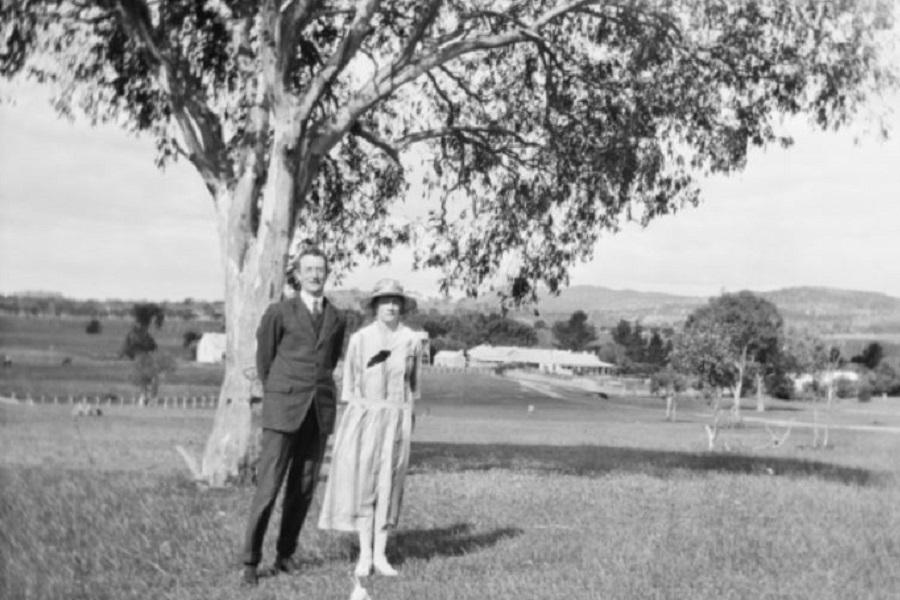
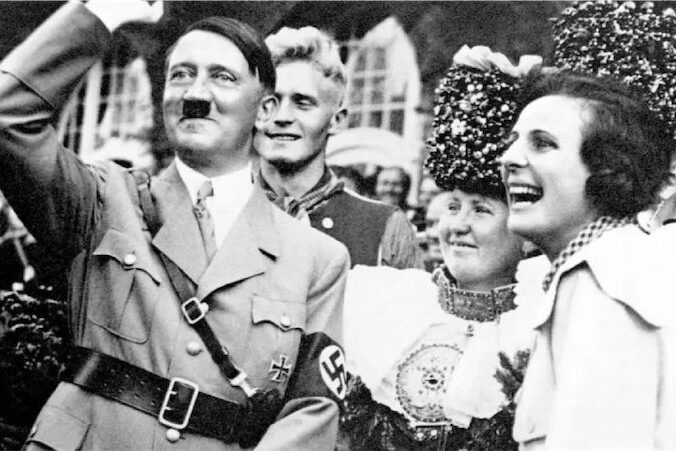





Leave a Reply